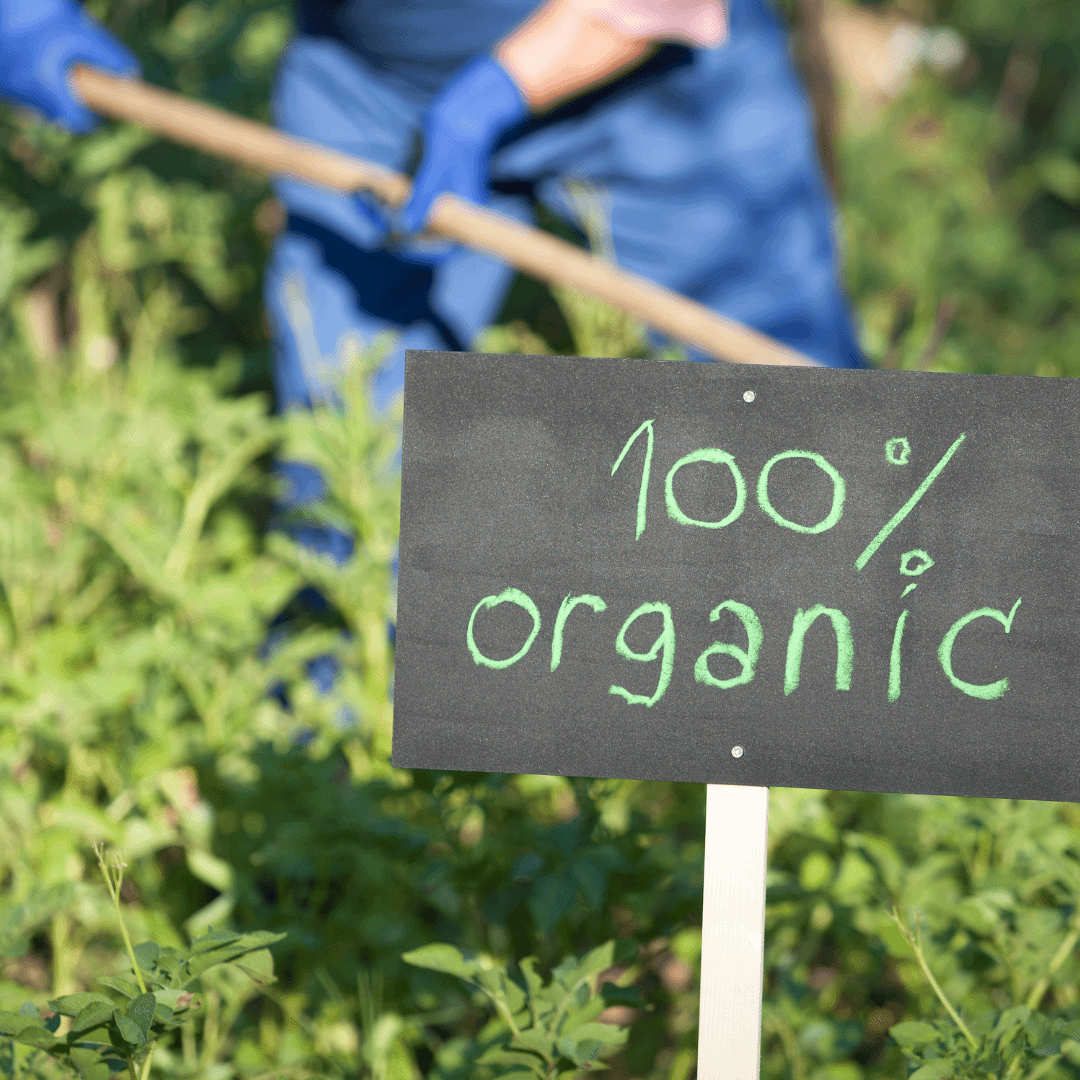As consumer interest in sustainable and ethical food manufacturing processes increased, so did the surge in food and consumer packaged goods litigation. In fact, in 2020 alone, 220 lawsuits were filed related to alleged misleading food labeling, compared to 45 lawsuits in 2010. The increasing number of these lawsuits even prompted California to create The Food Court, which specifically focuses on lawsuits related to food and beverage marketing.
These surges in food labeling lawsuits made the CPG environment also increasingly hostile for CPG food companies, especially as it could really be confusing to know which really constitutes false and misleading labeling.
So how could CPG food companies protect themselves from litigation without sacrificing the message they want to send to their audience? We’re here to help.
This article explores the regulatory framework governing food labels, identifies high-risk claims that frequently trigger lawsuits, and offers strategic approaches to protect your brand while maintaining effective marketing communications.
Defining “Misbranding” of Food and Beverages
Misbranding refers to the act of making false or misleading claims or information regarding a product, which can be seen on its label. There are several ways labels can be false or misleading, including being misleading as to the fill of containers or violating technical regulations around the required information.
In the United States, the Federal Food, Drug, and Cosmetic Act (FD&C Act) provides guidelines on misbranding, including the civil and criminal penalties and the regulatory action that may be imposed when a product commits misbranding. And of course, selling misbranded products is also illegal and prohibited under the said law.
Understanding the Regulatory Framework
Ensuring label compliance starts with understanding the regulatory requirements related to the marketing of food and beverages. Here are some basic must-knows that CPG food companies must keep in mind to avoid attracting potential legal problems.
Who Regulates Food Labeling?
Food labeling in the United States operates under a complex regulatory system involving multiple federal agencies, each with distinct jurisdictions:
- FDA (Food and Drug Administration) has the primary responsibility for most food products and their labeling.
- USDA (U.S. Department of Agriculture) regulates meat, poultry, egg products, organic claims, and GMO disclosures.
- TTB (Alcohol and Tobacco Tax and Trade Bureau) oversees alcoholic beverages and, interestingly, non-alcoholic beer.
- FTC (Federal Trade Commission) monitors advertising across all channels, with particular attention to online claims. They provide guidelines on claims like “Made in USA”.
- State agencies maintain their own regulations that often mirror federal standards but may impose additional requirements.
- Courts can shape food labeling regulations depending on the results of the cases they handle.
Types of Lawsuits Related to Food Labeling
CPG food companies can find themselves facing either of the two types of lawsuits related to food labeling—consumer class actions and competition litigation.
In consumer class actions, it’s the consumers (or a representative of a group of consumers) that file lawsuits against the food and beverage companies. In this type of lawsuit, claims arise under state consumer protection laws. During the trial, consumers, who are to be the plaintiffs, need to prove that:
- The label/advertising is likely to deceive reasonable consumers;
- The misrepresentation is material to consumers’ purchasing decisions; or
- Consumers were harmed (bought products they wouldn’t have, or paid more for that product).
Meanwhile, competition litigation is a lawsuit filed by a food and beverage company against their competitor. In this type of lawsuit, the company that filed the claim alleges that their competitor is presenting misleading information or mislabeling as a form of unfair competition, which breaches the established federal antitrust and competition laws.
Realities of Civil Litigation
No brand is safe from civil liability; in fact, no brand is too small to be sued, and there’s usually a higher risk of litigation than regulatory enforcement. In reality, it’s very easy to file lawsuits against food labeling, but it’s difficult to get early dismissal. And once a lawsuit indeed pushes through, a CPG food company can expect the following:
- Litigation can be expensive once past the initial stage.
- If you win against a lawsuit, it can be almost impossible to recover fees incurred during the whole process.
- If you lose, plaintiffs can often recover attorney fees as included in their settlement (a vast majority of cases settle).
High-Risk Claims That Attract Lawsuits
It’s important to note that you can get sued for any material factual representations—express or implied—that are untrue or misleading. In the recent years, claims included by food and beverage companies on their food labels that become common targets of litigation include:
Natural and Clean Label Claims
The term “natural” remains undefined by formal regulation, creating a perfect storm for litigation. FDA’s informal policy suggests “natural” means nothing artificial or synthetic has been added that wouldn’t normally be expected, while USDA considers products with no artificial ingredients and minimal processing.
This ambiguity has led to numerous lawsuits challenging “natural” claims on products containing:
- Synthetic ingredients like citric acid
- GMO ingredients
- Highly processed ingredients such as high fructose corn syrup
- Pesticide residues or other contaminants
Similarly, claims like “no artificial flavors” or “no preservatives” have been targeted when products contain multi-functional ingredients like malic acid, citric acid, or sorbic acid that can affect flavor or preservation even when added primarily for other purposes.
Health and Nutrition Messaging
“Health washing”—positioning products with significant added sugars or other nutritional concerns as healthy choices—represents another litigation hotspot. Breakfast cereals, snack bars, and “better-for-you” versions of traditionally indulgent foods frequently face challenges when their overall marketing message suggests nutritional benefits despite having nutritional profiles that can far outweigh the benefits that were presented.
Specific nutrient content claims face particularly strict regulation:
- Claims like “high protein” require specific percent daily value disclosures.
- “Sugar-free” or “no added sugar” claims require additional disclosures if the product is not low calorie.
- Functional benefit claims such as “helps manage blood sugar” face intense scrutiny regarding consumer interpretation and substantiation.
Ingredient Characterization and Prominence
Products highlighting characterizing flavors or key ingredients face litigation when those ingredients appear in minimal amounts or when the flavor comes primarily from additives rather than the named ingredient.
“Even small companies with limited sales can face substantial liability,” Handel warns. “I’ve seen cases where a product like lemon biscotti with less than $100,000 in sales faced potential damages exceeding $9 million because the flavor came partly from natural flavoring rather than exclusively from lemon zest.” Marketers should carefully review regulations on characterizing flavors and ensure packaging accurately represents what’s inside the product.
Ethical and Environmental Claims
Eco-friendliness and sustainability have become popular buzzwords that have greatly influenced the consumers’ purchasing decisions in recent years. With their continuous search for sustainable products, many companies tried to haphazardly cash in on these by presenting themselves as “green” products.
As a result, these companies have exposed themselves to claims related to animal welfare and environmental impact, which have become common litigation targets. Examples of which include:
- Terms like “humane,” “pasture-raised,” and “free-range” lack standardized definitions in regulations.
- Imagery suggesting idyllic farm conditions may be challenged if actual production practices differ.
- Sustainability claims face scrutiny under the FTC Green Guides, which warn against broad environmental benefit statements without specific qualifications.
Strategic Approach to Label Compliance
As Lauren Handel puts it, the fact that your competitors are doing it and adding high-risk claims on their own labels would never be a good excuse or defense. So, the best way to protect your company from the risks of food labeling lawsuits is to ensure label compliance. This can be done through the following:
Proactive Legal Review Processes
The most effective defense against labeling litigation is a proactive approach to compliance. Food businesses should:
- Seek legal advice early in product development
- Review all labels and marketing materials before launch
- Reassess compliance when making product changes
- Conduct periodic reviews as regulations and litigation risks evolve
“Compliance with regulations is necessary but not sufficient,” Handel emphasizes. “Food companies must consider what messages consumers will take away from the overall labeling and advertising, and ensure all reasonable interpretations of that messaging are truthful, not misleading, and substantiated.”
Developing Internal Marketing Guidelines
When creating internal marketing guidelines, it’s important to note that you don’t really need to turn your marketing team into experts on related laws and regulations on food and beverage—you just have to make sure that they understand it enough to ensure compliance.
Creating comprehensive marketing guidelines with legal counsel input can:
- Train marketing teams on acceptable messaging
- Help identify regulated or high-risk territory
- Create efficient approval processes for new claims
- Balance marketing advantage against litigation risk
The investment in compliance infrastructure pales in comparison to the potential costs of litigation, which can exceed millions of dollars even for small brands with limited sales.
Effective and Compliant CPG Branding Strategies With Vdriven
Food labeling compliance requires vigilance, expertise, and a commitment to truthful communication with consumers. While marketing teams naturally seek to position products in the most favorable light, the legal risks of overreaching claims can far outweigh any short-term marketing advantage.
At Vdriven, our years of CPG industry experience and our corresponding knowledge of industry laws and regulations allow us to guide our clients towards implementing strategic and compliant business practices. Our services are especially tailored to help food and beverage companies thrive in an increasingly competitive CPG environment.
Contact us today to learn more about how we can work together in helping your food and beverage company achieve sustainable CPG growth.






